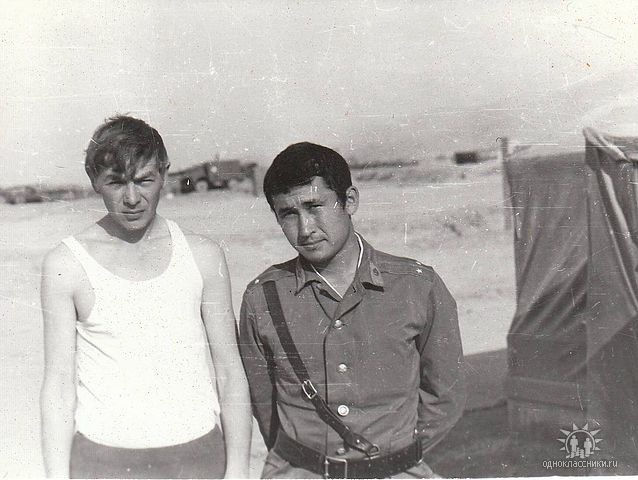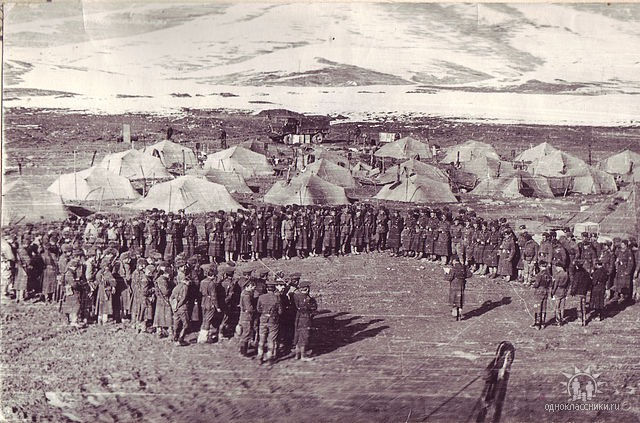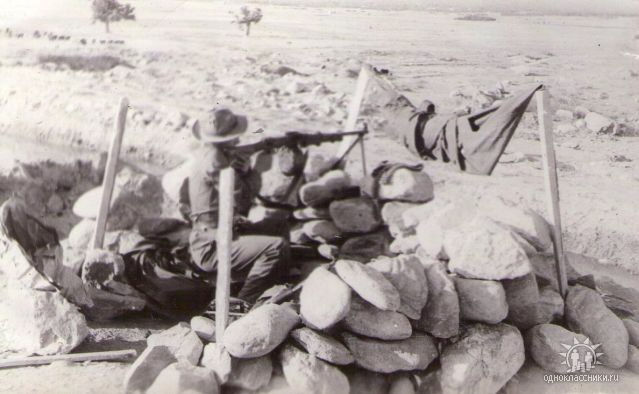Soviet invasion of Afghanistan - how bad was the mobilization process?
- Vlad Besedovskyy
- Feb 23, 2023
- 3 min read
The early days of the Soviet-Afghan War was my favorite topic for years now. And there is not much information or photographic evidence about these events. For example, not many people know that few regiments which invaded the Afghanistan were regular. In fact, the majority of all the units, which were involved in the invasion consisted mostly of mobilized personnel.
Soviet mobilization system was not changed since the end of World War 2. Traditionally it was all about the numbers of people, and it would probably work in 1950s. However, for the one specific task which arose at the end of 1979 the system was as outdated as it gets. In this article we will tell you, in detail, how the mobilization of the 40th Army was performed.
Legal structure and problems of the mobilization
There was no legal act from the central government for this mobilization. The mobilization of formations intended for entry into Afghanistan was carried out as a call for recruits by separate orders of the General Staff addressed to the commanders of military districts. Which, in turn, handed them over to the Army units and military recruitment centers.

In the first days of the mobilization of the 40th Army in December 1979, neither the military registration and enlistment offices nor the military units paid any attention to the quality of the staffing of the units. Everyone was sure that a routine check was underway, which would end as soon as the units reported on the completion of the recruitment.
In this regard, the military registration and enlistment offices sought to quickly send recruiting resources, and military units - to quickly staff the units with personnel and report to the authorities.
Problems with the mobilized personnel
People are the backbone of the army. And despite the popular myth, Soviet Army did not have as many regular soldiers and officers. Soviet Army did have hundreds of regiments and division, on paper. And many of those even had some decent amount of weapons and vehicles assigned to them. But the general doctrine was to mobilize people into the Army in case of a big war, instead of keeping them as regulars. And this is exactly what happened, though on a small scale, before the invasion of Afghanistan.

From what we know, in terms of the invading force, only the paratrooper units were in full strength. However, 56th DShB was only formed couple of month prior to the invasion, so it was somewhat shaky at this point. Majority of all other units, big and small, only had a very small portion of professional officers and regular soldiers and sergeants. These were so called "mobilization units" - they didn't have full strength in the peace time.
More than 50 thousand officers, sergeants and soldiers were called up from the reserve to complete these regiments. 70% of the total number of officers called up did not serve in the army at all (they were trained at University Officers Training Course). The vast majority of them showed complete unpreparedness and inability to command subordinate units. Such units were almost uncontrollable on marches and in battle. This was a huge headache for the regulars and caused unnecessary casualties among mobilized.
Problems with vehicles
Previously it was mentioned, that "paper regiments" had some vehicles assigned to them. However, little was known about the actual state of these machines. Regular units would regularly use vehicles from storage depots as spare parts shops. All in all, when the moment came, big proportion of fighting vehicles and trucks was inoperable and this had to be solved. There is even a story about a tank regiment commander, who refused to follow the order to invade the Afghanistan due to the fact that his regiment was not at its full strength.

To solve problem with supply trucks, the army had the protocol of appropriating vehicles from the local companies. But here another problem arose - no one was interested in giving away good cars. The directors of the motor depots supplied the troops with old cars with a mileage of more than 500 000 km. Most of them arrived without spare wheels, driving tools, entrenching tools and repair kits.
Tanker vehicles had a particularly low technical condition. Of the 500 automobile battalions submitted for completion, only 221 were selected, and the rest were returned as unusable. Up to 80% of the supplied tankers turned out to be unsuitable for use due to the lack of filling nozzles, meters of the established diameter.
Summary

As we know, all these problems didn't stop the Soviet Army to invade the Afghanistan. In the end, despite the shortcomings in mobilization, the command of the Turkestan and Central Asian military districts, the commanders of formations and units, the military registration and enlistment offices managed to cope with the tasks.
Note, that in December 1979, only one combined arms army consisting of several divisions was mobilized.

Comentarios